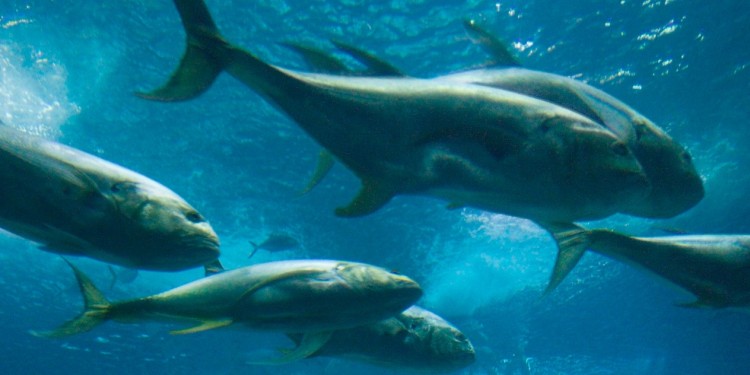Balanced harvesting in fisheries: a preliminary analysis of management implications
Balanced harvest (BH) proposes to distribute a moderate mortality from fishing across the widest possible range of species, stocks, and sizes in an ecosystem, in proportion to their natural productivity so that the relative size and species composition are maintained, in line with the CBD requirement for sustainable use. This proposal has many and not always intuitive implications for fisheries management, e.g. in relation to selectivity, protection of juveniles and spawning sites, models of harvesting strategies, a focus on size and species, the impacts of discarding, aspects of emblematic species and ecosystem services, operational complexity, partial implementation, ecosystem rebuilding, and relations with broader managementframeworks. The paper closes with a discussion of BH implementation, concluding that a logical stepwould be to integrate several separate initiatives to move fisheries into a more ecosystem-conscious context. Implementation challenges will be encountered, but there are lessons to be drawn from fishery ecosystems already close to BH, as in some tropicalmultispecies fisheries, and further, the implementation challenges are already being taken on in many well-managed fisheries and areas as management begins to address the realities of what ecosystem-based fishery management actually entails.
Article by S. M. Garcia, J. Rice, and A. Charles, published in the ICES Journal of Marine Science. Access the full text here.



